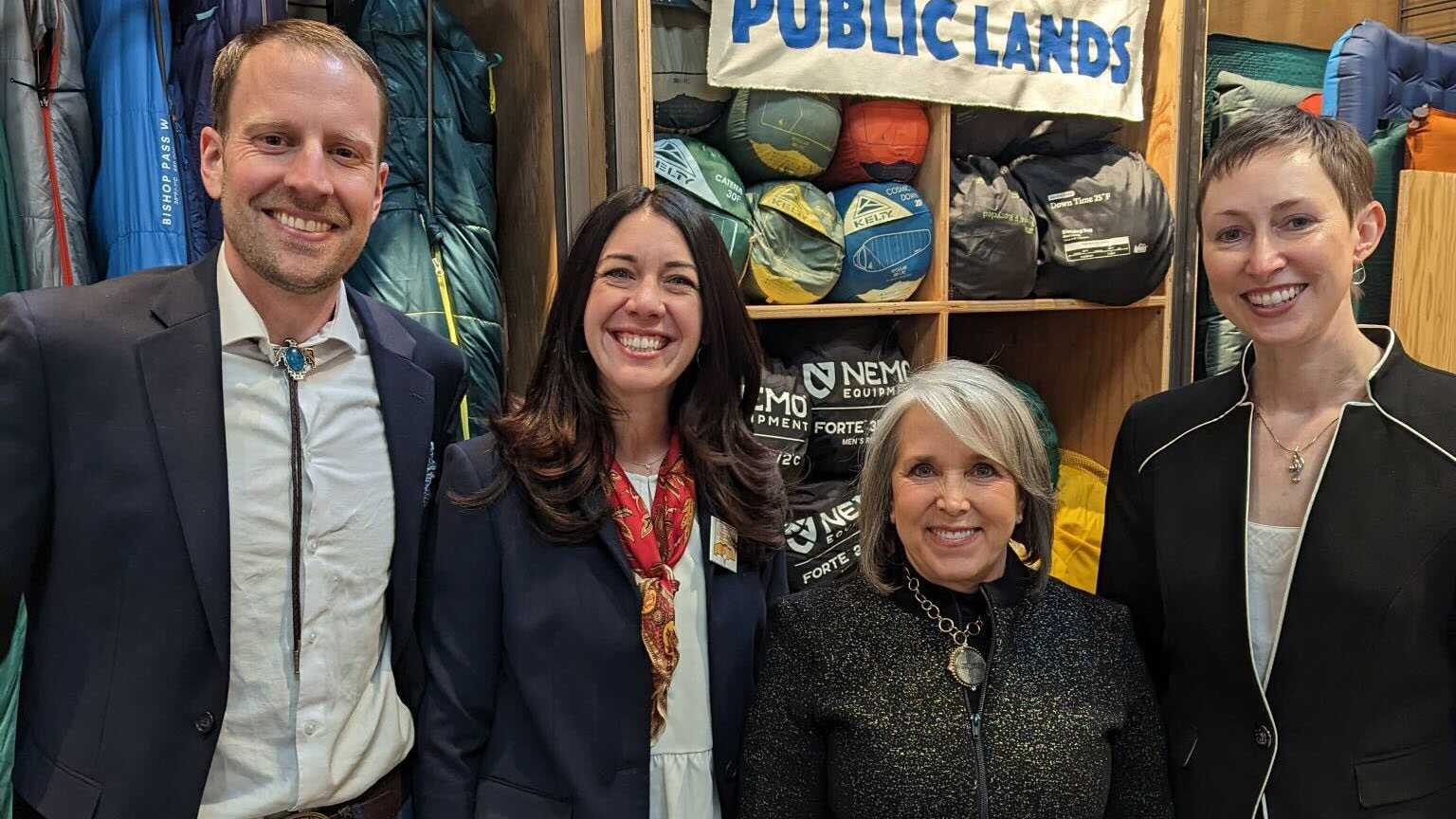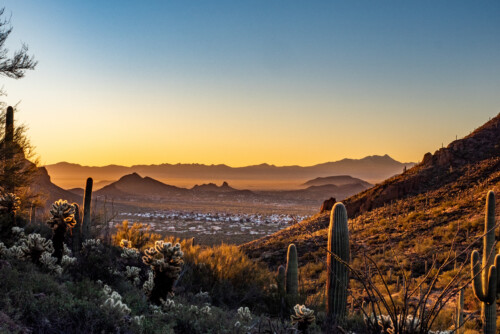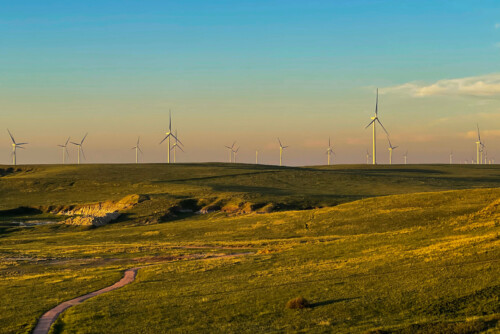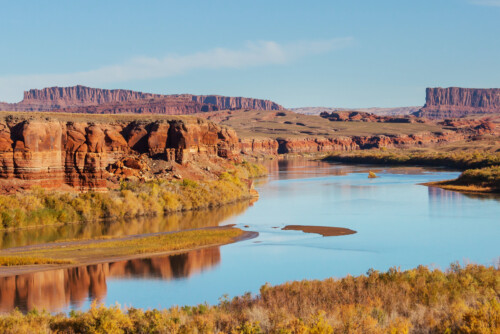Energy sustains and powers life on our planet. While we often talk about energy as a commodity to be created and traded, how it is created and how it is harnessed and directed is at the core of our ecosystems. Nature is constantly leveraging and adapting to the flow of energy. Energy is also critical to the well-being of our communities. Farmers harness the sun to grow food that sustains our families. Electricity allows us to stay warm in the winter and cool in the summer, and powers our hospitals to care for our most vulnerable. At the same time, how we have historically generated energy, from turning on the lights in our homes and the power industry to the transportation sector, has contributed to and exacerbated climate change. Because of this, how we use, create, and manage energy is paramount to our ability to adapt to a changing climate.
We know that our work to fight climate change requires urgency and forward momentum. WRA works to take the momentum generated from a policy success to direct and orchestrate this energy to create subsequent impact that compounds into additional progress.
Just as energy flows through and is managed in our natural systems, WRA works to harness and direct this power into policy progress and action that helps life in the West thrive. Legislative policy is an important force that WRA leverages to advance our goals, and success in this arena is critical. But we don’t stop there. WRA is always working within the policy ecosystem to keep energy flowing throughout the calendar year and in between each year’s legislative sessions.
What does this holistic, year-round ecosystem include?
Rulemakings with Regulatory Agencies
The policy ecosystem includes working with state agencies and decision-making bodies, like public utilities commissions and air quality boards, wildlife boards and agencies, water utilities, and state agencies on critical rulemakings that affect things like the adoption of renewable energy, building electrification, and clean cars (and then add-ins for the other agencies). While legislation plays a key role, it doesn’t tell the whole story of our progress in advancing the clean energy transition
Advanced Clean Cars II standards are among the most important policies states can adopt to decarbonize the transportation sector, as they require auto manufacturers doing business in the state to provide a higher percentage of electric vehicles for sale within a specific, measurable time frame.
This fall, WRA is intervening in the Colorado Air Quality Control Commission’s rulemaking for a new clean cars standard to ensure the adopted rule is as strong as possible. Last December, Gov. Polis’ administration proposed updating the current rule in 2023, and has recommended a partial rule which would increase the number of zero-emission vehicles that automakers are required to produce year over year, gradually scaling to a requirement that roughly 82% of all vehicles produced be zero-emission by 2032. It then leaves no requirements to ensure availability and sales of clean cars in the state after that year.
WRA commissioned a new study that shows if Colorado adopts a stronger standard — one where all new vehicles sold by 2035 must be zero-emission — everyday Coloradans and consumers would reap between $90 and $95 billion in net benefits by 2050, as opposed to $72.5 billion under a partial rule.
Implementing a strong standard would not only give Coloradans more buying choices but would also incentivize auto manufacturers to offer more affordable zero-emission models, bringing electric vehicles within reach for more people in the state.
This year is a critical time to ensure Colorado adopts the full clean cars regulations and is on track to reduce its transportation emissions. Securing these regulations will complement other steps the state has taken to prepare for the rapid adoption of electric vehicles and trucks, such as building out widespread charging infrastructure and implementing the advanced clean-trucks and low-NOx rules, which were passed unanimously by the commission earlier this year.
Utilities and Resource Planning
Outside of the legislative session, WRA is vigilant in advocating for the most cost-effective, emission-free resources through processes like integrated resource planning. Better resource planning can help utilities reduce their environmental impact by identifying and implementing cheaper, cleaner, and more efficient resources, and it provides greater transparency to consumers.
In the summer of 2022, when NV Energy requested its first new gas plant in 15 years, WRA and several other intervenors successfully argued that this amendment was the latest in a string of rushed, poorly supported filings that highlight the need for resource planning reform. In response, the Nevada Public Utilities Commission opened a new investigatory docket and series of workshops to identify improvements to the planning process moving forward.
Similarly, in Arizona this fall, WRA will be pushing Arizona’s largest utilities to add more renewable energy to the grid through the Arizona Corporate Commission’s integrated resource planning process.
As utilities continue to develop emission-free resources to respond to climate change, resource planning will become significantly more important. The energy grid of tomorrow is more complicated than the grid of the past. We’re progressively relying on more resource technologies with different characteristics, customer energy demand is increasing, and the effects of climate change will continue imposing new and more volatile challenges on electricity service. Proactively planning for these new variables, instead of reacting to them after the fact, through robust resource planning processes is the only way we can accomplish a cost-effective and reliable clean energy transition.
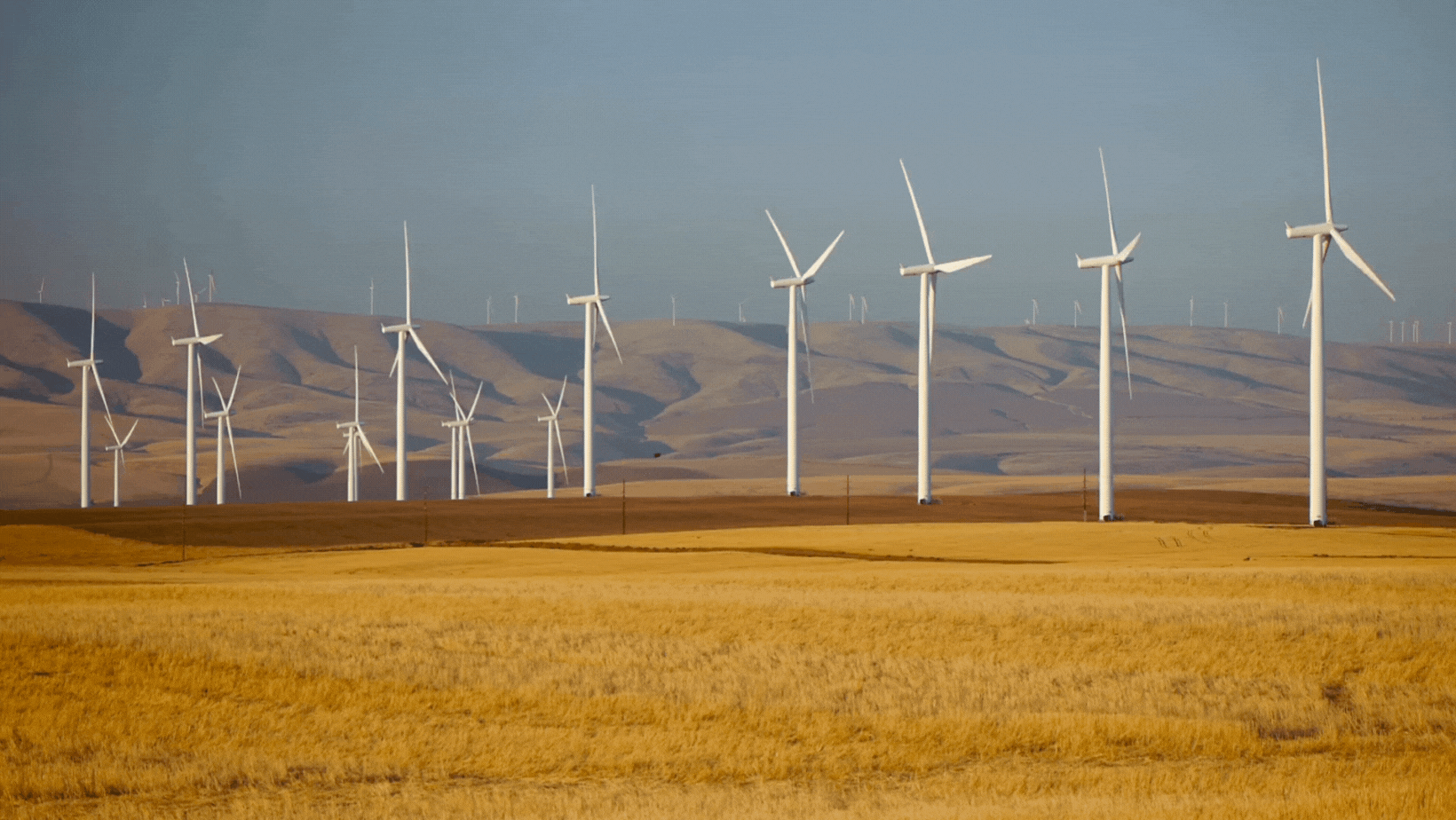
Implementing and Increasing Funding from Policies
While legislation may designate money for certain programs, WRA leverages and helps direct this funding outside of the session to ensure that it’s spent as intended and maximizes impact. Thanks to WRA’s advocacy, the state legislature made a two-year appropriation of $500,000 to the Nevada Outdoor Education and Recreation Grant program that provides students with opportunities to experience the outdoors. Over the last few months, WRA has been working to ensure that partners are aware of the funding provided through the program.
We also use the time between legislative sessions to advocate for increased funding so that the momentum of a specific program can continue and not stall out. In New Mexico, Senate Bill 9 established the Land of Enchantment Legacy Fund, the state’s first-ever permanent conservation trust to leverage federal money and deliver critical resources to New Mexico communities. The $100 million appropriation for the fund is the single largest land and water conservation investment in New Mexico history. But for the fund to be self-sustaining and last for years to come, it needs a minimum investment of $350 million.
This summer, WRA experts presented to the New Mexico Legislative Finance Committee advocating for an additional appropriation in the 2024 session so that New Mexico can successfully prioritize land and water conservation, forest and watershed health, outdoor recreation and infrastructure, agriculture and working lands, historic preservation, and wildlife species protection.
Laying the Groundwork for Future Legislation
Sometimes, the policy solutions that WRA advocates for do not always get adopted in the ways that we hope. During the 2023 legislative session, WRA worked to develop comprehensive policies and tools to address the growing crisis on the Colorado River. We built partnerships and worked to find consensus around conservation actions to keep more water in the river.
Unfortunately, negotiations stalled at the state legislature. Undeterred, WRA played a key role in shaping the Colorado River Drought Task Force bill to ensure that important water conversations continue over the interim and result in comprehensive solutions before it’s too late. Orla Bannan, WRA’s strategic engagement manager, has been appointed to the task force, which is charged with preparing legislative recommendations to address water scarcity in the Colorado River Basin.
While the task force is a step in the right direction, the real work has just begun. WRA is working to ensure that the task force produces meaningful legislative recommendations for managing and conserving water. We will continue to build on our work next session to pass legislation to protect Colorado’s rivers and the people, fish, and wildlife that depend on them.
